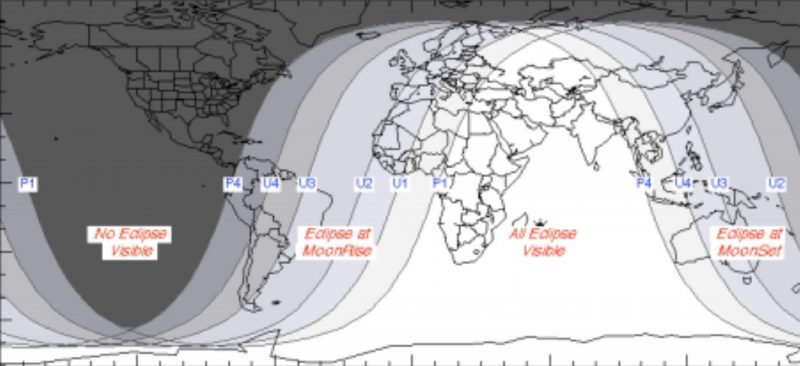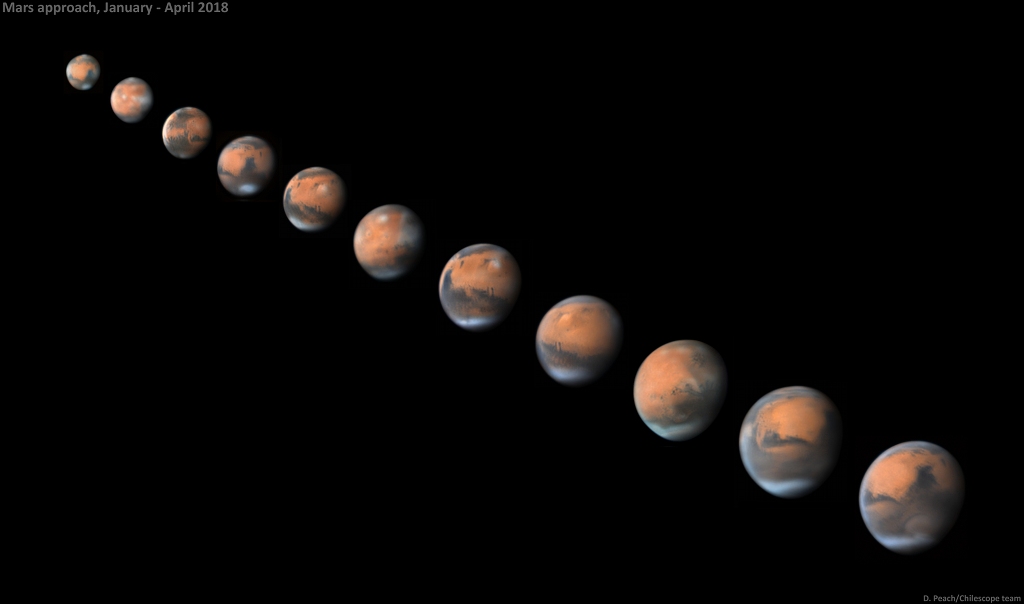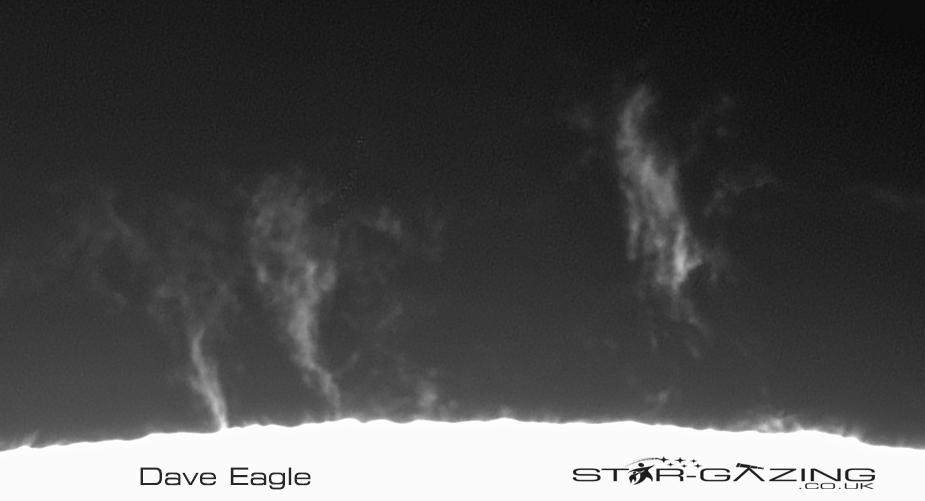Astronomically, Summer in the UK is always fraught with frustrations.
It doesn’t really get dark, astronomical twilight persists throughout the night and you have to stay up so late to see anything at all.
But unlike Eddie Cochran’s classic, there is a cure? Oh yes there is!
Well, actually if you read on, you’ll see that there’s been quite a few…
Cure No. 1.
Since giving up work two months ago, things have taken off much quicker than I expected.
My astrophotography guides have been selling really well and my workshops have been
Thank you to everyone who has purchased them and sent me some great feedback.
Lots of new opportunities have also started coming my way, so very exciting times ahead indeed. 🙂
Cure No. 2.
Taking up solar Hydrogen Alpha imaging 3 years ago, really helped me to really enjoy summers astronomically. I also found that I got totally hooked on solar observing and imaging. You just never know what you’re going to see the next time you point your equipment at our nearest star. It’s flipping awesome! So that has kept me entertained very nicely over the past few weeks.
Cure No. 3.
A real downer for me this year, should have been the removal of my beloved dome. Marking the end of Eagleseye Observatory as I knew it. Fortunately, the impending move had enabled Sue and I to make this complete life change, making more time for ourselves and my astronomical interests. I am really looking forward very much to designing and building to get Eagleseye Observatory Version 2, back up and running. This time it will be a roll-off roof design, which should give me a bit more space to do dome of my other hobbies in the “man-shed”.
Cure No. 4.
Of course, the other added bonus this last week has been a display of noctilucent clouds. This seems to have happened over the course of a number of evenings. I managed to capture the end of a display on the 19th of June after a planetary session. They looked really bright when I spotted them out of the study window, but by the time I had gathered my camera gear and tripod, and walked down to where I could see the northern sky, they had faded considerably.



Cure No. 5.
Of course, this summer is all about the planets. Jupiter, Saturn and Mars coming to opposition one after the other over the last few months. Jupiter is past its best, but still big, bold and interesting. Saturn is at opposition today, and Mars is approaching opposition next month, although a global dust storm looks like it might spoil our chances of getting decent images of surface features.
So I wanted to get myself all set up for planets.
In a blog entry a few months ago, I mentioned that I would like a planetary scope, possibly a Celestron C11 SCT.
A friend of mine, upon reading my blog, mentioned that he might be selling his at some point. So a few weeks ago, I went and looked at the scope and, seeing a bargain to be had, bought it home.

The collimation of the scope was atrocious, and although I could get it reasonably close, it wasn’t quite good enough. I could see flaring to one side of the image either side of focus, things also seemed a little bit loose. When I panned around from Jupiter in the south west and onto Saturn in the south east, the collimation changed from being OK, to being well out again.
Visually, the images looked quite good though. I could see some nice detail on Jupiter and Europa was easily visible in transit against the planets disk, its dark shadow standing out really well as that crept on too. The lunar surface looked amazing, so the potential was there, but this collimation really did need properly sorting out.
It was time to get the big guns out for this one. I contacted Es Reid in Cambridgeshire, a well-respected optical engineer. He agreed to have a look at the telescope for me and on a glorious sunny Monday morning, I drove over to his house for him to give the scope a once-over and see what he could do with it. After a quick optical test, it soon developed into open-heart surgery. I can tell you that my heart was certainly beating a lot faster as the scope was rapidly stripped down further and further. Soon there was just an array of components spread out on Es’ dining room floor.


I was beginning to wonder if I would ever have a functioning telescope.
But, having placed my trust in Es, he continued to tweak things, tightening the focuser, removing as much mirror-flop as possible. He placed spaces between the mirror and the focuser bracket to remove a bit of play there. The secondary mirror also rotated on the corrector plate, so a strategically placed piece of cement locked that. Then it was a case of cleaning the corrector plate, and methodically putting it all back together. My heart rate slowly went back to normal, heaving a big sigh of relief when it once again it looked like a piece of equipment that might just about be able to function as a telescope. Now all we needed to do was get it collimated.
Just to add, the day visiting Ed was also a very pleasant experience. As well as the hard work, he took a bit of time off with us sitting chatting astronomy in his garden supping tea. An absolutely marvellous way to spend the day.
Es then put the scope back on his optical bench ready for collimation. After quite a few nervous tweaks of the secondary, it was done! Es was confident that the scope should now be as good as, if not better, than when it left the factory. So I drove home very expectantly, but it was another day before I got the chance to test it out.
So the result now in is that this is a great scope. Lots of detail visible on Jupiter. Great lunar imaging, although the turbulent atmosphere during this hot weather is trying its best to stop me getting real quality images.
It is also going to take me a while to get the work flow right for imaging using this scope and camera. The images below were taken with my ZWO ASI120 MC camera at prime focus on the 24th of June. This is showing lots of promise and as soon as I can get on Mars (At my current address, it is still behind the neighbours house) I hope to be able to get some images of that as well.
Cure No. 6.
And the money I saved on the C11 for my observatory budget, I have just invested in an Altair Hypercam camera. But I think I’ll leave that for another blog entry later, once I’ve had a proper chance to test it out properly when we’ve moved.
Summer Time Blues?
With this flipping lot going on, not on your Nelly!!

Three images of Jupiter, showing transit of Io and shadow.

Jupiter And Saturn.




















































 Amazingly, the 22nd of April was also clear with a first quarter Moon. The Lunar X and V clearly visible as the sky darkened. Shadows from Montes Caucasus looked extremely dramatic.
Amazingly, the 22nd of April was also clear with a first quarter Moon. The Lunar X and V clearly visible as the sky darkened. Shadows from Montes Caucasus looked extremely dramatic.




















